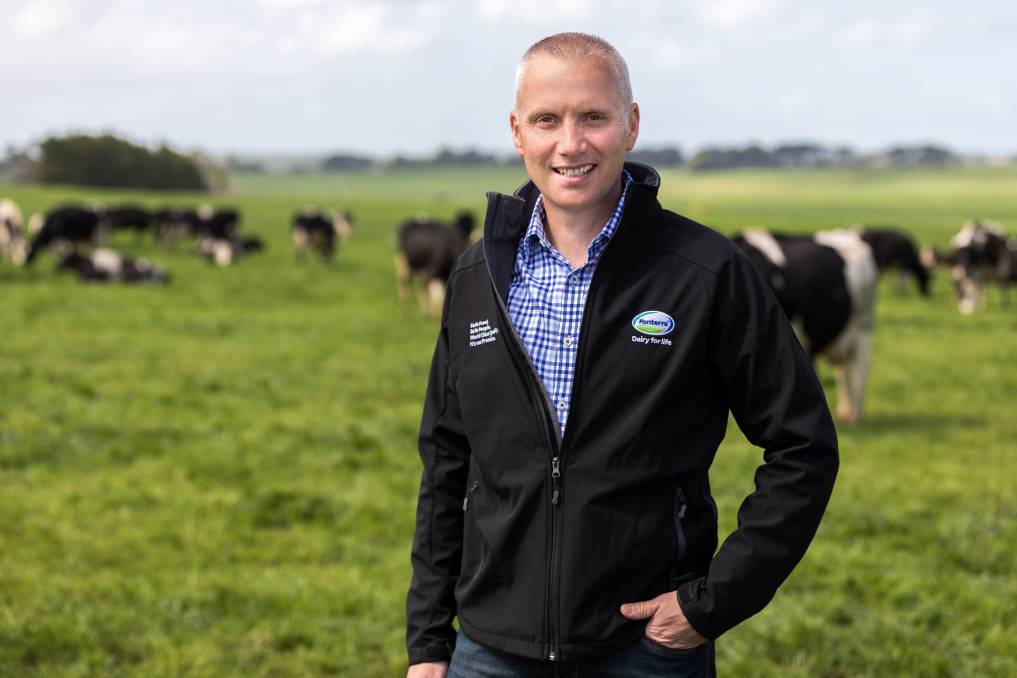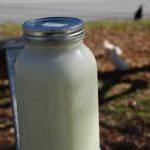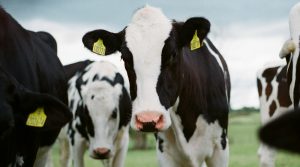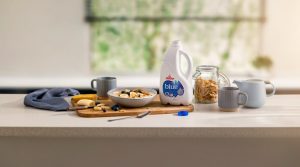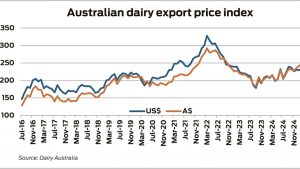
Bulla Dairy Foods opened at $6.30 to $6.70 a kilogram of milk solids on Friday but Mr Dedoncker said Fonterra Australia would wait until the new mandatory dairy code’s June 1 deadline.
On Thursday, Fonterra forecast its NZ milk price would be in the range of $NZ5.40 to $NZ6.90, the equivalent of $5.20 to $6.64/kgMS in Australia.
Mr Dedoncker said the local business was very different to that of Fonterra NZ.
While NZ exported 95 per cent of its products, he said Fonterra Australia exported only 15 to 20pc of the milk solids it collected.
“[Fonterra NZ is] one data point, Rabo’s another and other Freshagenda’s another,” Mr Dedoncker said.
“And rather than look at what we cannot control, what we’re saying is, there’s plenty of things that we can.
“We’ve got a domestic business in consumer that’s doing well, we’ve got a stable ingredients business.
“So as we look at all of those data points, we create a view that we believe in, that we think is responsible, it’s earnt and that will determine the way that we set the minimum price.”
In early April, Rabobank forecast a combined southern export region milk price of $5.70/kg MS for 2020-21, which analyst Michael Harvey said he would update in the next few weeks.
Freshagenda’s most recent analysis of commodity milk values (CMV) last week put the current milk value for southern Australian dairy manufacturers at $6.73/kgMS but it had a rider.
“It should be noted that some Oceania spot prices quoted have been slow to respond to wider global trends, given limited spot trade availability,” the report read.
“The critical price for the Australian dairy industry is cheddar, if quotes were reduced to $US3,500/t (roughly where EU prices are currently) the CMV would be $6.10kgMS.
“While we will continue the Oceania series we have tracked for many years, but would urge some caution in interpreting the numbers under the current circumstances.”
Freshagenda’s analysis may well carry extra weight at Fonterra because the firm is engaged by the Fonterra Australia Suppliers’ Council – the body that replaces Bonlac Supply Company – to validate the farmgate milk price.
Bonlac had for many years had an agreement with Fonterra Australia that its farmgate milk price must match or better that of the leading Australian milk processor.
Murray Goulburn’s collapse meant there was a need for a new benchmark, FASC chair John Dalton said.
“With the finishing of the benchmark, we needed another tool to to make sure that our pricing was fair to farmers and we’ve engaged Freshagenda as an external validation,” he said.
“The board have information given to them and we test that information with our thinking with Steve and Jo [Freshagenda’s analysts].”
The end of the old benchmark required a different approach.
“It’s a starting point for negotiations,” Mr Dalton said.
“At the end of the day, we have to recognise that whether it’s Fonterra, Saputo or Bega, they’re the ones who set the price and we are the suppliers but we do have very meaningful and very robust input into to conversations and to this point, we’ve been pretty happy with with what’s been coming back our way.”
Mr Dedoncker said farmers needed to know they were working with companies that had dealt with the uncertainties of COVID-19.
“What we’ve done is we’ve built a business that’s stable and calm,” he said.
While around half of the Australian milk it collected went to the foodservice sector, Mr Dedoncker said the business was in good shape.
“We do deal with the restaurant trade, which is really doing it tough, right, we all know that we can’t go to cafes and restaurants at the moment,” he said.
“But equally, we’ve got a significant consumer business that’s putting Western Star and Bega and Perfect Italiano on the shelves of supermarkets.
“And that’s really balanced out our outlook incredibly well and given us options.”
Mr Dedoncker did not foreshadow major changes to farmgate milk pricing structures.
“Well, I think the code is now narrowing the ability to be too creative, frankly,” he said.
“What we like about it is that it gives farmers certainty on a minimum price and it gives processes like Fonterra certainty on volume.
“And that means that we can continue to create and underpin that stable business.”
He said there would always be “some bespoke positions from time to time” for flat milk but the focus would remain on responsible pricing.
“I think what we’re looking for here is very clear minimum price signals so farmers can plan their business and the outlook in the year ahead,” Mr Dedoncker said.
“And then throughout the year, from a Fonterra perspective, we’d expect to manage expectations through the step up process that farmers are aware of and understand.”
After reshaping its business to suit a smaller milk pool, Fonterra Australia would not be aggressively recruiting milk this season, Mr Dedoncker said.
“Everything we said we’d do to our stakeholders and shareholders we’ve done and we’ve built that on a milk pool that is about 17pc of the milk pool in Australia,” he said.
“And that’s about the number we need.
“We need to do small amounts of innovation and we need a little bit of flexibility but we are not out hunting significant milk at all.”
